Test: Shape Completion - UCAT MCQ
15 Questions MCQ Test - Test: Shape Completion
Directions: You will be presented with a statement, involving a group of shapes. You will be asked to determine which shape completes the statement.
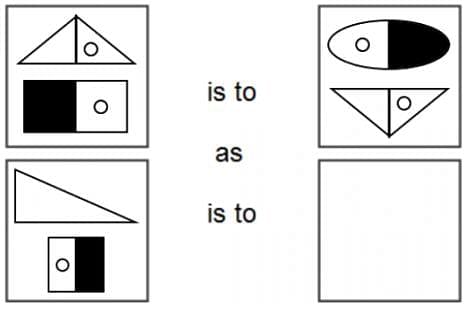
Q. Which of the following completes the statement?

Directions: You will be presented with a statement, involving a group of shapes. You will be asked to determine which shape completes the statement.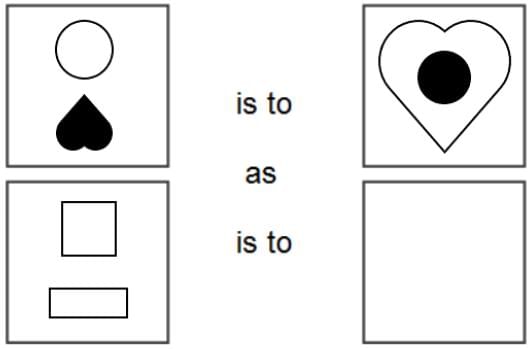
Q. Which of the following completes the statement?

Directions: You will be presented with a statement, involving a group of shapes. You will be asked to determine which shape completes the statement.
Q. Which of the following completes the statement?

Directions: You will be presented with a statement, involving a group of shapes. You will be asked to determine which shape completes the statement.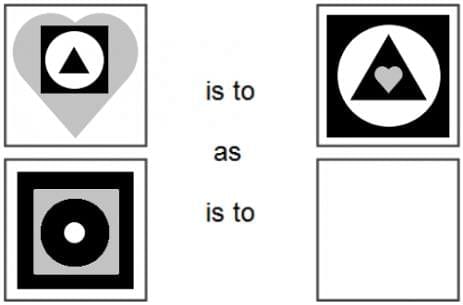
Q. Which of the following completes the statement?
Directions: You will be presented with a statement, involving a group of shapes. You will be asked to determine which shape completes the statement.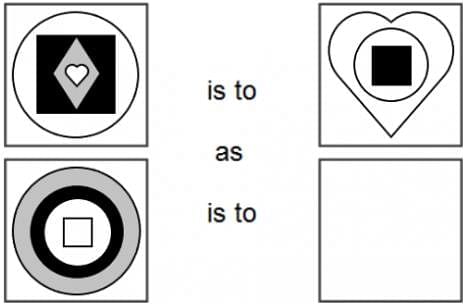
Q. Which of the following completes the statement?
Directions: You will be presented with a statement, involving a group of shapes. You will be asked to determine which shape completes the statement.

Q. Which of the following completes the statement?
Directions: You will be presented with a statement, involving a group of shapes. You will be asked to determine which shape completes the statement.
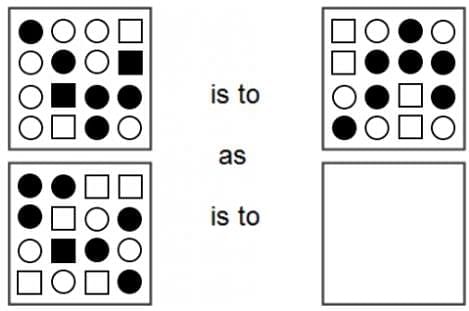
Q. Which of the following completes the statement?
Directions: You will be presented with a statement, involving a group of shapes. You will be asked to determine which shape completes the statement.
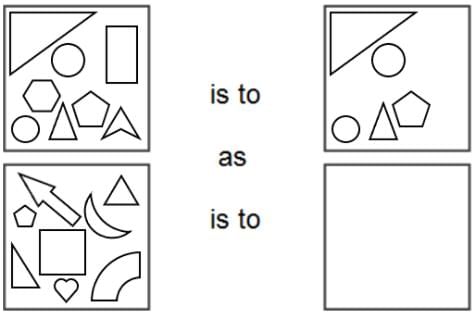
Q. Which of the following completes the statement?
Directions: You will be presented with a statement, involving a group of shapes. You will be asked to determine which shape completes the statement.

Q. Which of the following completes the statement?
Directions: You will be presented with a statement, involving a group of shapes. You will be asked to determine which shape completes the statement.

Q. Which of the following completes the statement?
Directions: You will be presented with a statement, involving a group of shapes. You will be asked to determine which shape completes the statement.
Q. Which of the following completes the statement?
Directions: You will be presented with a statement, involving a group of shapes. You will be asked to determine which shape completes the statement.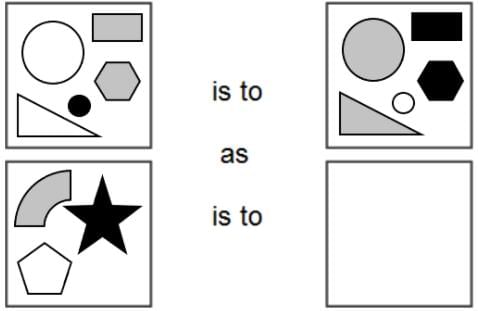
Q. Which of the following completes the statement?
Directions: You will be presented with a statement, involving a group of shapes. You will be asked to determine which shape completes the statement.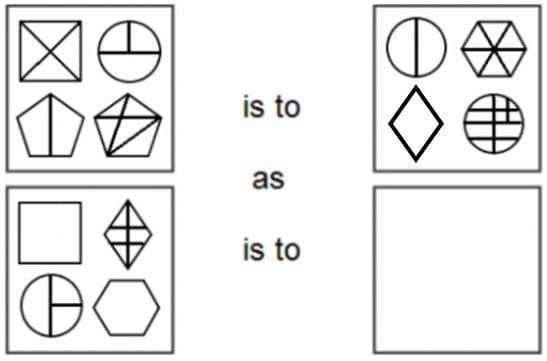
Q. Which of the following completes the statement?
Directions: You will be presented with a statement, involving a group of shapes. You will be asked to determine which shape completes the statement.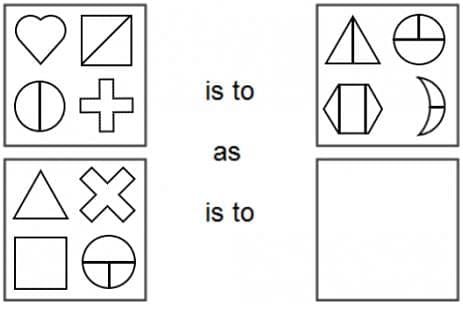
Q. Which of the following completes the statement?
Directions: You will be presented with a statement, involving a group of shapes. You will be asked to determine which shape completes the statement.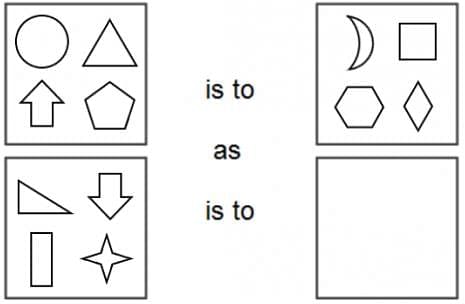
Q. Which of the following completes the statement?



















